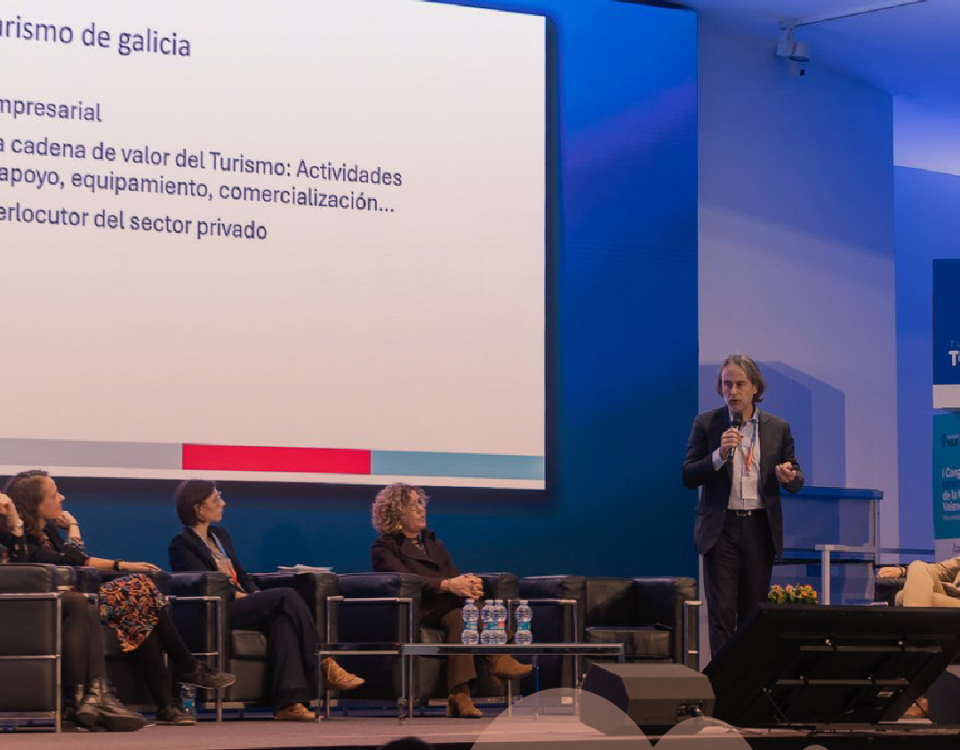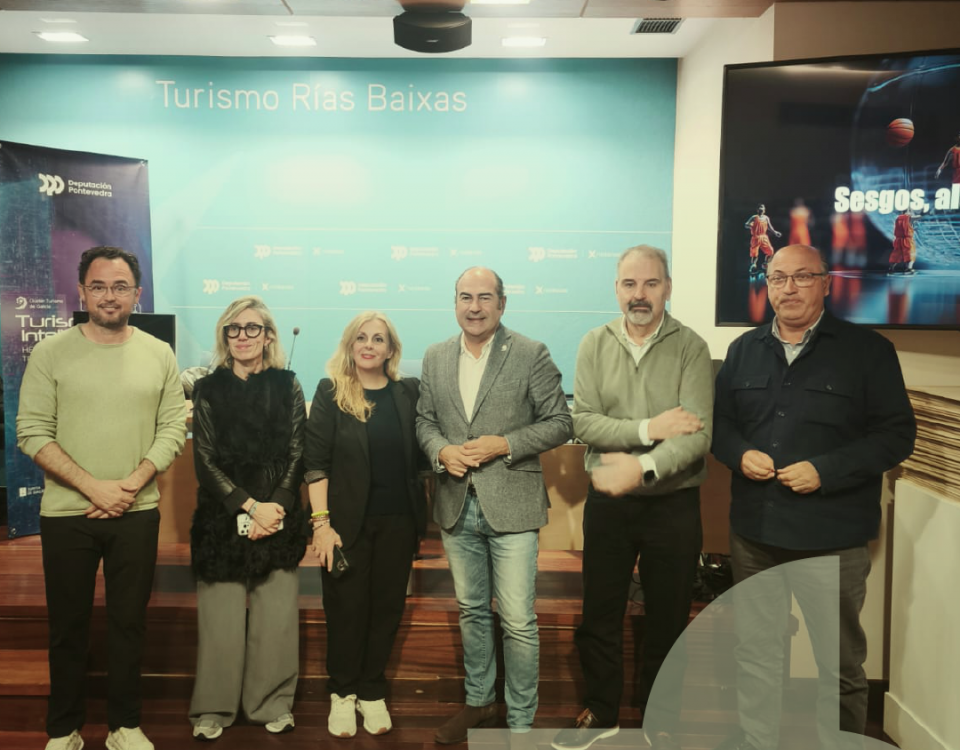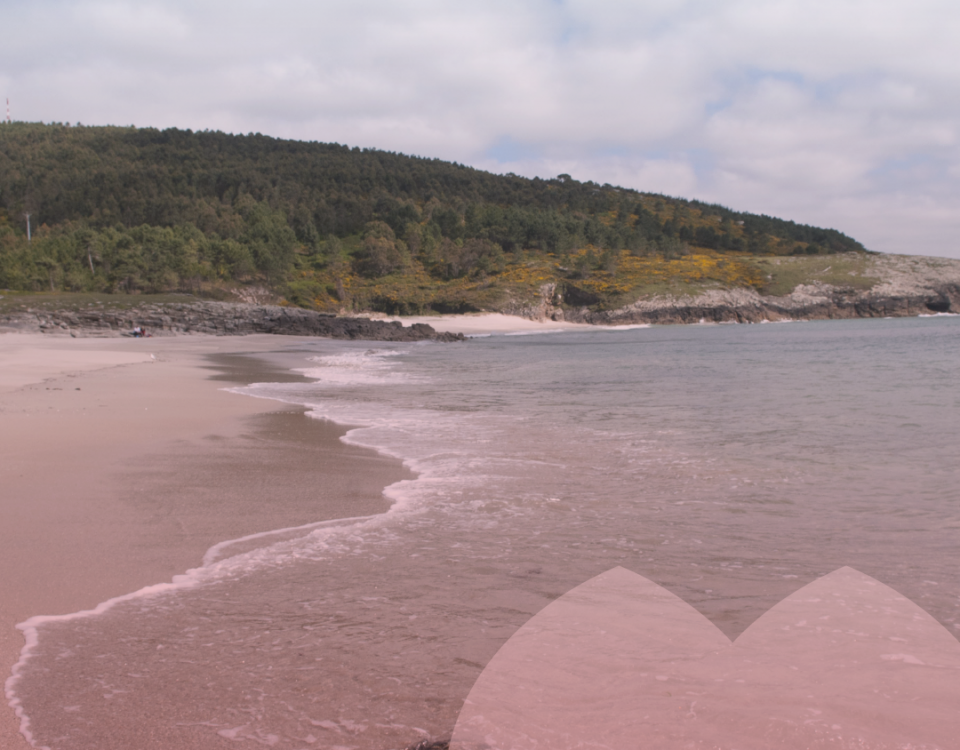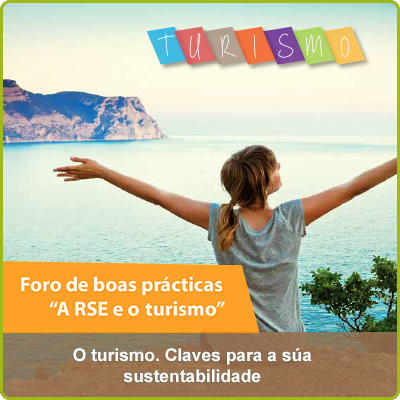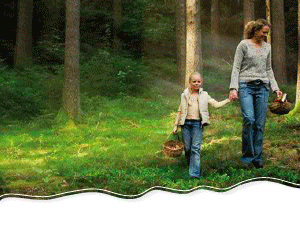- El mejor turismo de galicia
82% of homes for tourist use in Galicia are owned by a single owner who sells only one property
82% of homes for tourist use in Galicia are owned by a single owner who sells only one property
The Ministry of Culture and Tourism took stock of the evolution of this type of accommodation in Galicia since its regulation.
The Xunta notes that this is an activity of small owners that is not generating salient incidents between customers or residents
Since the entry into force of the decree regulating Tourist Use Housing (VUTs), a total of 8,541 homes for tourist use have been registered in Galicia, a type of accommodation that for two years has had a specific regulation in our Community. 82% of which correspond to small owners who sell a single dwelling for tourist use, a figure that increases to 93% in the case of tenants with one or two houses. Thus, only 7% of owners have more than two in the market.
This was one of the most outstanding figures in the balance offered by the Consellería de Cultura e Turismo and the Axencia de Turismo de Galicia regarding the development of this activity which, in view of the results, Galicia is regulating with efficiency and normality. This, as they stated, allows both the people who offer these services and those who hire them to do so with guarantees and total legal certainty for both.
The analysis carried out by the Galician Government shows the great dispersion in the distribution of the houses of tourist use by the territory, as well as the dispersion in the distribution of their property. “We count more than 6,300 different owners who freely decide to put their first or second home in the tourist rental market,” reflected the head of the Department, Roman Rodriguez, who said that this evolution ensures the coexistence of uses, for which empowers municipalities and communities of neighbors to set limits if they deem it necessary.
Administrative coordination
In this sense, Roman Rodriguez advanced his willingness to continue taking steps, for which he already transferred a proposal to the Galician Federation of Municipalities and Provinces (Fegamp) in order to facilitate the coordination of tourism and urban skills exercised by the regional and local administration. As recalled, in the field of action of the municipalities are functions such as regulating uses through their General Municipal Management Plan or verify the legality of urban planning.
Similarly, the Xunta will continue to demand greater coordination at state level in this field. To this end, the central government claims regulatory frameworks in which to develop autonomous competences with legal certainty, the unification of criteria that allow a common response to a dynamic and constantly evolving reality, and the generation of spaces for cooperation in which to anticipate and anticipate the rapid changes experienced, generally, the sector.
Faced with the disparity of criteria between autonomous communities, the counselor opted for a harmonization with a minimum common framework that benefits everyone, as well as greater collaboration by online marketing platforms. He also called for the establishment of a system to measure the number of people who use this type of accommodation, which is currently non-existent.
Distribution in the territory
Of the total number of dwellings registered in the National Statistics Institute (INE) in Galicia, 1.6 million, only 0.53% would be for tourist use at this time, being the municipalities with the greatest presence of this type of accommodation, Sanxenxo, which exceeds 1,600, followed by Santiago, with 566 registered dwellings, Vigo, with 310, A Coruña with 296 and other municipalities such as O Grove, Barreiros, Foz, Cangas or Poio, all below 300.
The province of Pontevedra has the highest percentage, 47%, followed by A Coruña (37%), Lugo (13%) and Ourense, which accounts for only 3% of properties.
Influence on the sector
On the impact on the rest of the sector, the Minister recalled that the types of tourist accommodation that existed previously (hotels, pensions, tourist apartments, campsites and rural tourism) are increasing their volume of travelers. Specifically, in the first quarter of the year received 3.2% more tourists, who made 5% more overnight stays, with which the rise in occupancy per room was 6.4%. “We always talk about a growth in quantity, but especially in quality,” stressed the counselor, who alluded to the improvement of hotel prices or the increase in business profitability of 7.7%.
Finally, Rodriguez also gave an account of the inspection task developed in this area, explaining that the Xunta incorporated the houses for tourist use to its inspection plan with the rest of accommodation options and services, acting mainly by trade. In total, 53 files were initiated, with which 30 were already completed. Most of the cases were derived from infractions classified as serious, specifically for carrying out the activity illegally, without being registered in the autonomous registry. Only a small group were motivated by non-compliance with or alteration of the circumstances that led to the authorization for the activity; making substantial changes or non-compliance in the provision of the agreed services, or using names, labels and badges different from those established in the regulations.





